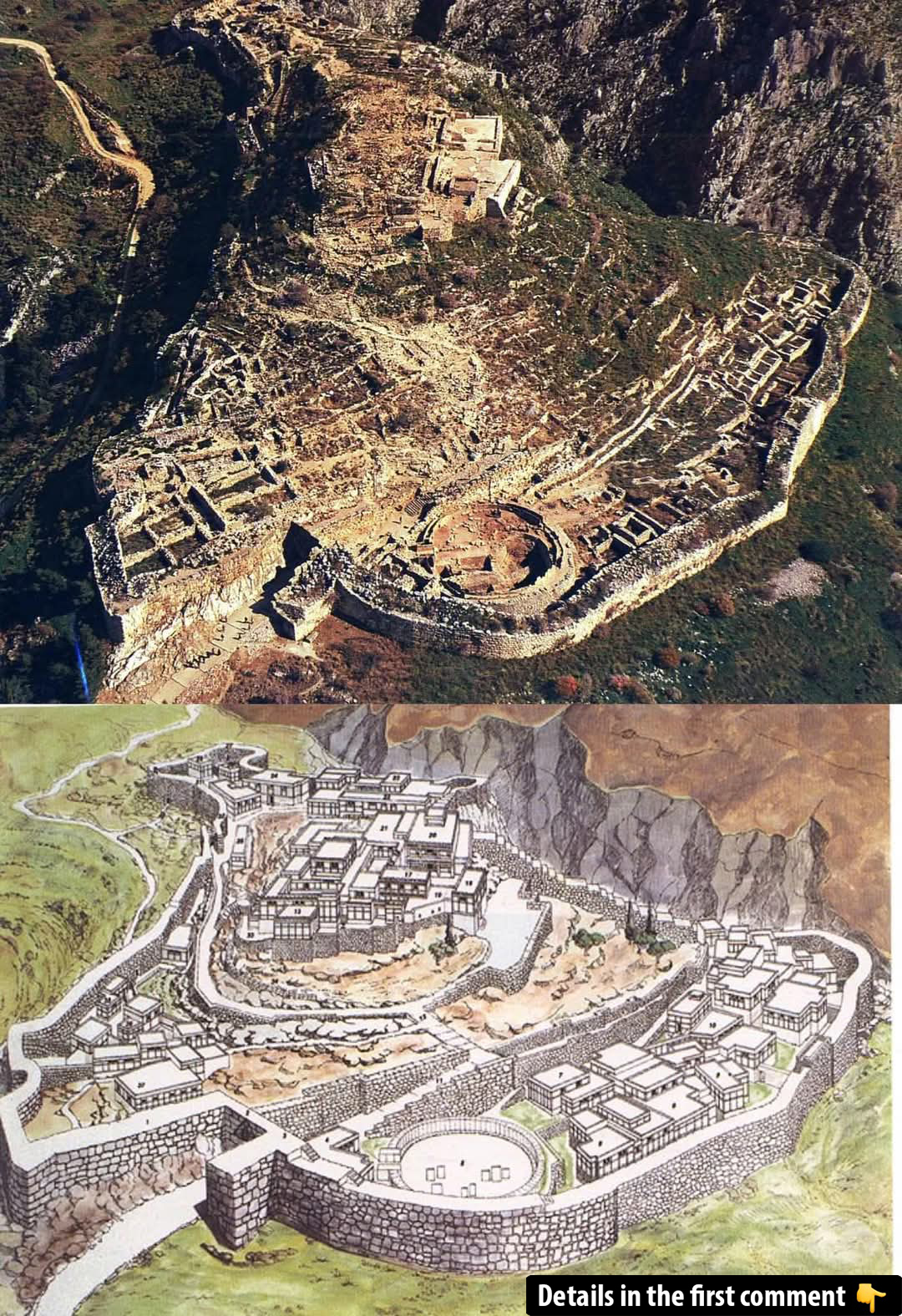Nestled in the heart of Greece, the ancient city of Mycenae offers an extraordinary glimpse into a civilization that shaped the foundations of Western culture. With its legendary landmarks like the Lion Gate and the Treasury of Atreus, Mycenae continues to captivate historians and travelers alike. Steeped in myth and mystery, this UNESCO World Heritage site invites visitors to explore the grandeur of the Mycenaean civilization that flourished over 3,000 years ago. Let’s dive into the fascinating history and remarkable discoveries that make Mycenae a must-visit destination.
Mycenae and the Rise of a Civilization
The Mycenaean civilization emerged during the late Bronze Age in Greece and was one of the first to leave a lasting imprint on European history. Mycenae, strategically located in the northeastern part of the Peloponnese, became the center of this thriving civilization. As the capital of Mycenaean Greece, it played a pivotal role in the political, military, and cultural development of the era. The rise of Mycenae was fueled by its strong economy, advanced technology, and trade networks that spanned across the Aegean, the Levant, and even Egypt.
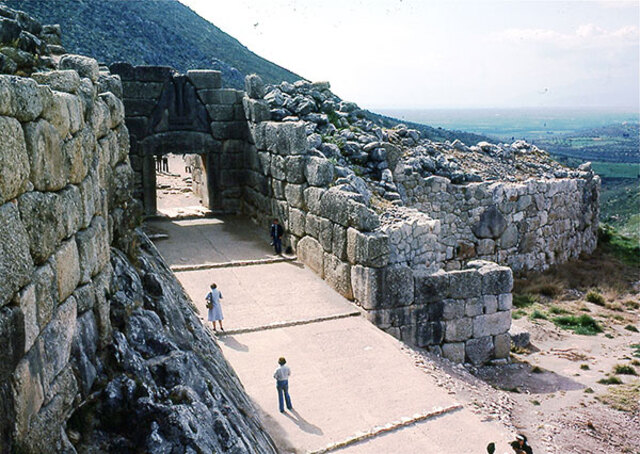
During this period, Mycenae was not only a political powerhouse but also a hub for artistic and architectural innovation. The construction of the city’s monumental walls and palaces showcased advanced engineering techniques. At its peak, Mycenae controlled vast territories and became synonymous with power and wealth. The civilization’s influence stretched far beyond its borders, with the Mycenaeans leaving their mark on the art, culture, and mythology of the ancient world.
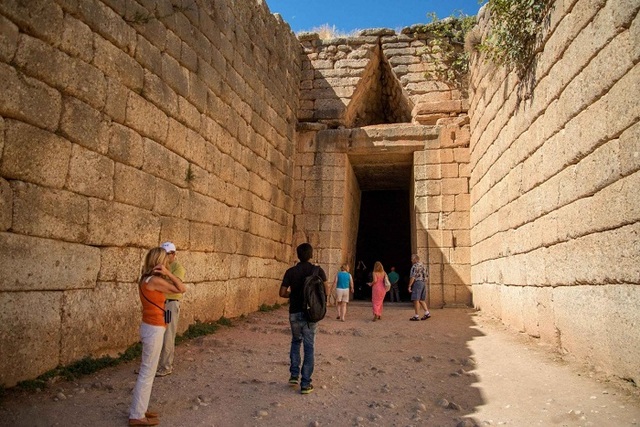
Video
Check out this documentary to uncover the mystery of what happened to the lost Mycenaean palace of Nichoria, exploring its place in Bronze Age Greece history.
Key Archaeological Discoveries at Mycenae
The archaeological site of Mycenae is a treasure trove of significant discoveries that continue to illuminate our understanding of this ancient civilization. Among the most iconic landmarks is the Lion Gate, the main entrance to the city, which remains one of the most recognizable symbols of Mycenaean art and architecture. The gate features a striking relief of two lionesses flanking a central column, a motif that reflects the Mycenaeans’ artistic influences from Crete and their powerful military culture.
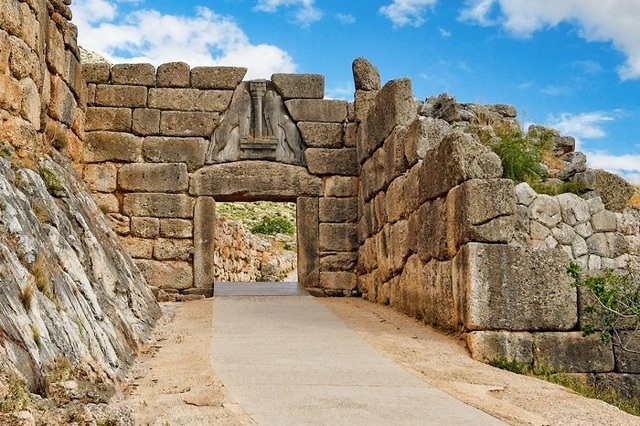
One of the most remarkable aspects of Mycenaean architecture is the Cyclopean Walls, massive stone structures built without mortar, whose size and precision have inspired awe for centuries. These walls were constructed in three phases, beginning around 1300 BCE, and they continue to stand as a testament to the skill and determination of the Mycenaean builders.
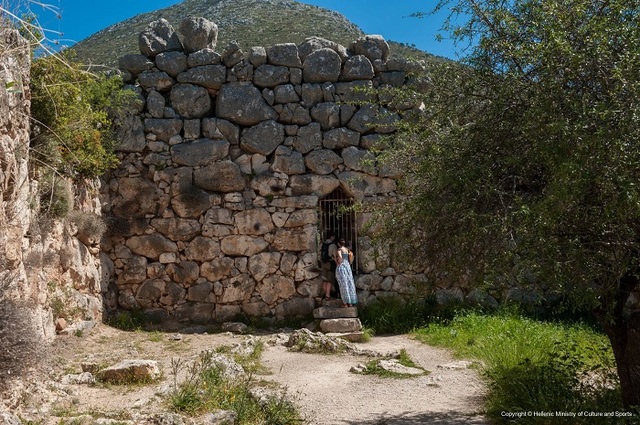
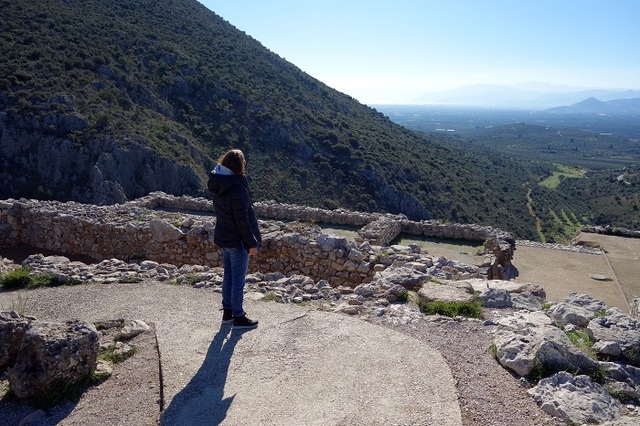
The Royal Palace of Agamemnon, though largely in ruins, offers fascinating insights into the political and social life of the Mycenaean elite. The palace, with its central megaron (a grand hall), was the residence of Agamemnon, the legendary king of Mycenae and leader of the Greek forces during the Trojan War. Excavations have revealed remnants of lavish furnishings, frescoes, and pottery, giving us a glimpse into the opulent lifestyle of Mycenaean royalty.
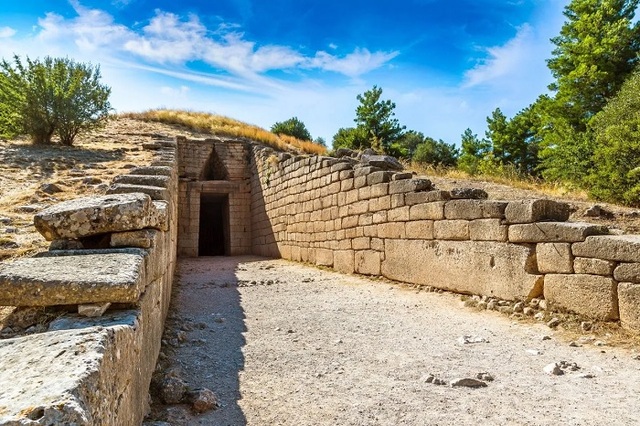
The Tombs of Mycenae: Burial Practices and Funerary Art
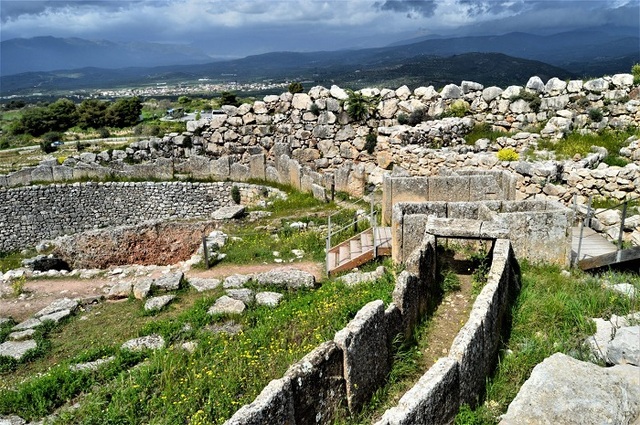
The burial practices of the Mycenaeans were an important aspect of their culture, and the discovery of the Grave Circles has provided valuable insights into their funeral rites and social structure. The first of these grave circles, discovered by Heinrich Schliemann in the late 19th century, contained elaborate tombs and a wealth of treasures, including gold masks, jewelry, and weapons. These finds not only highlighted the Mycenaean elite’s wealth but also underscored the importance of the afterlife in their religious beliefs.
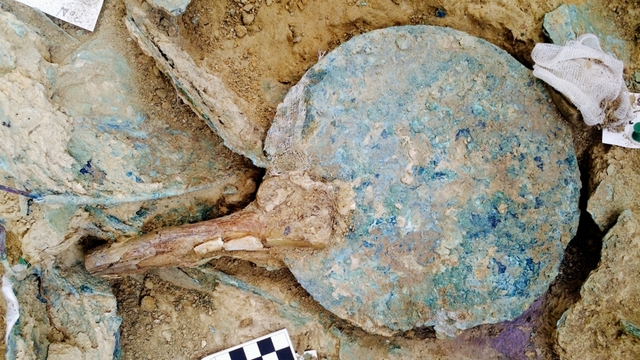
The Tholos tombs, such as the Tomb of Atreus, are among the most impressive architectural achievements at Mycenae. These beehive-shaped structures were built to house the remains of kings and nobility, and they feature massive stone blocks that were carefully stacked to form their circular domes. The Tomb of Atreus, with its colossal lintel stone weighing approximately 120 tons, is a marvel of ancient engineering.
Artifacts discovered in these tombs, including weapons, pottery, and gold jewelry, provide valuable insights into the material culture of the Mycenaeans. These treasures also highlight the interconnections between Mycenae and other ancient civilizations, with influences from the Minoans, Egyptians, and Hittites evident in the designs of their artifacts.
The Role of Mycenae in Greek Mythology
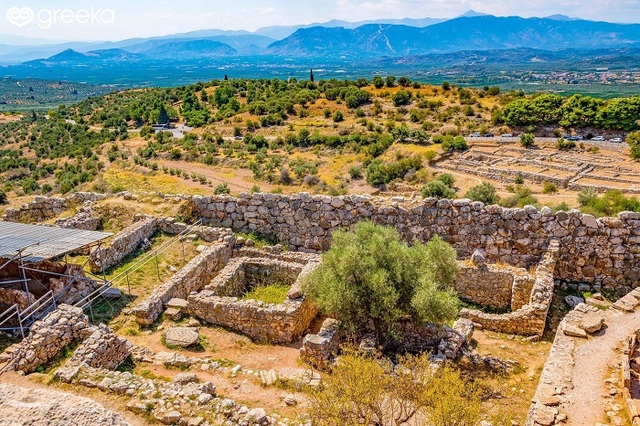
Mycenae is not only a historical site but also a key location in Greek mythology. The city is famously associated with Agamemnon, the king whose leadership in the Trojan War was immortalized in Homer’s Iliad and other ancient texts. The tales of Agamemnon, his wife Clytemnestra, and their tragic family saga have been central to Greek literature for centuries.
The legendary status of Mycenae is reflected in the numerous myths that have been passed down through the generations. Figures such as Clytemnestra, Iphigenia, and Electra are all intricately connected to Mycenae, with their stories unfolding within the walls of the city or its royal palace. These myths not only provide dramatic narratives but also offer glimpses into the values, fears, and aspirations of the Mycenaean people.
The intersection of archaeology and mythology at Mycenae is a fascinating aspect of the site’s allure. While much of the historical evidence remains elusive, the myths that surround the city continue to shape our understanding of its significance in ancient Greek culture.
The Decline of Mycenae: Theories and Evidence
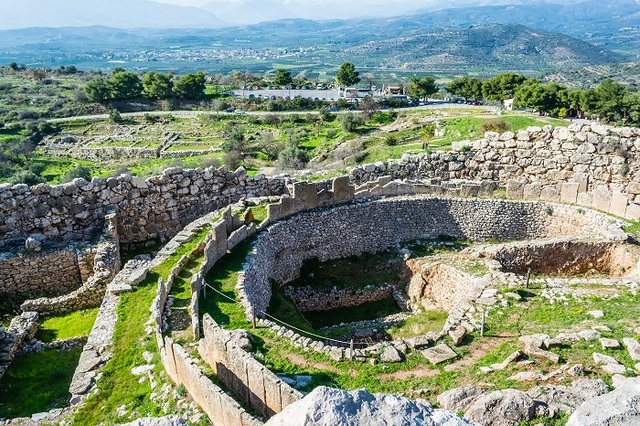
The sudden and mysterious collapse of the Mycenaean civilization around 1100 BCE remains one of the great puzzles of ancient history. Archaeologists have put forward several theories to explain this decline, including invasions by the Dorians, natural disasters, and internal unrest. Some scholars suggest that the Mycenaeans were overwhelmed by raids from the sea, while others point to a combination of factors, such as famine, disease, and societal collapse.
The archaeological evidence of destruction layers at Mycenae and other Mycenaean sites suggests a period of violent upheaval, but the precise causes of the collapse are still debated. Despite the fall of Mycenae, the legacy of the Mycenaean civilization lived on in the subsequent Greek Dark Ages and the rise of the classical Greek world.
Ongoing Excavations and Modern Discoveries
Archaeological work at Mycenae continues to this day, with new discoveries shedding light on the city’s history and its people. The role of figures such as Heinrich Schliemann and modern archaeologists has been crucial in uncovering the secrets of Mycenae, and ongoing excavations promise to reveal even more about this fascinating civilization.
Recent efforts have focused on uncovering additional tombs, refining the understanding of Mycenaean society, and analyzing the objects discovered in the site’s various layers. These discoveries provide a clearer picture of the daily life, economy, and religious practices of the Mycenaeans.
Visiting the Mycenae Archaeological Site
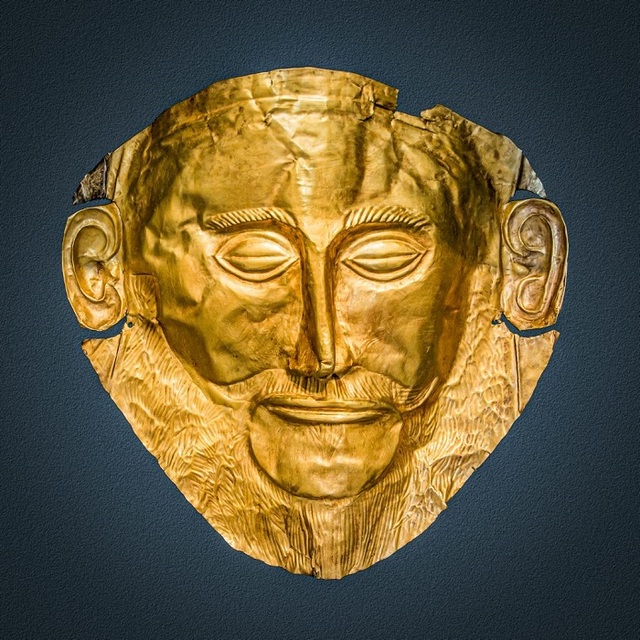
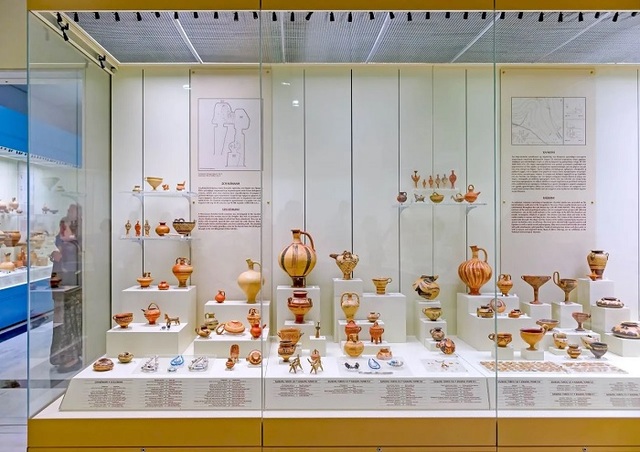
For those interested in experiencing the grandeur of Mycenae firsthand, the site is easily accessible from Athens on a day trip. Visitors can explore the monumental Lion Gate, the Cyclopean Walls, and the Tombs of the Kings. The site also features a modern archaeological museum, where artifacts from the excavation are displayed. The museum offers a wealth of information about the history of Mycenae and the Mycenaean civilization.
While visiting Mycenae, tourists can also enjoy the scenic beauty of the surrounding region, which includes picturesque views of the Argolis Plain and the nearby town of Nafplion.
Video
Watch this documentary to explore the ancient city of Mycenae, uncovering what we know about it from Bronze Age Greece and its significant role in history.
Conclusion
The archaeological site of Mycenae stands as a window into the past, offering invaluable insights into one of the most influential civilizations of the ancient world. Through ongoing excavations, discoveries continue to enrich our understanding of Mycenae’s cultural, political, and economic significance. Whether through its awe-inspiring architecture, its royal tombs, or its connection to Greek mythology, Mycenae remains an essential part of Greece’s archaeological heritage. Visiting Mycenae is not just a journey through history; it is an exploration of the very foundations of Western civilization.
